To make the most of your trip, you’ll want to know the best time to visit Machu Picchu in order to avoid crowds, plus the best way to get there, and which type of ticket you should buy. For help planning a trip to Machu Picchu, use these comprehensive tips.
The Best Time to Visit Machu Picchu
The busiest time of year to visit Machu Picchu is June through August, when the weather is typically dry and pleasant. If you’re planning your Machu Picchu travel for this time period, prepare for crowds and book tickets and tours well in advance.
The rainy season runs from November through March or early April, with downpours (and muddy trails) at their peak between January and March. The Inca Trail is closed each February for maintenance.
If you’re looking to avoid the worst of the crowds without risking too much rain, visit Machu Picchu during shoulder-season months: April, May, September, and October.
The Inca Trail and Alternative Machu Picchu Treks
The most popular way for adventurous travelers to reach Machu Picchu is the famous Inca Trail, which takes you on a four-day trek through the mountains and directly to the ruins. For those who don’t have the time and/or fitness to conquer the full trail, there’s a two-day version of the Inca Trail that’s shorter and easier. Note that access to the trail is restricted to just 500 people per day (including support staff—you can’t hike the Inca Trail without a guide), and permits sell out months in advance.
Fortunately, there are less-crowded alternative hikes to choose from. Consider the strenuous five-day Salkantay trek for incredible high-altitude scenery, or the four-day Lares trek for stops in local Andean communities. If you’re really up for a challenge, consider the Choquequirao trek, which takes you to hidden Incan ruins that most visitors to Peru never get to see.
Companies such as SAS Travel and Llama Path offer organized trips for these and other Machu Picchu treks.
Machu Picchu Package Tours
You can also book a shorter tour as part of an independent vacation. Just about every travel agent in Cusco can book a day or overnight trip from there to Machu Picchu, or you can reserve one in advance with SmarterTravel’s sister site, Viator. If you have the time, we’d recommend an overnight stay in the Machu Picchu area; driving to and from Cusco makes for a long, grueling day trip, starting as early as 4:00 a.m.
Planning an Independent Visit to Machu Picchu
Not a fan of traveling with groups? It’s easy enough to arrange your own visit to Machu Picchu. Most travelers arrive at Machu Picchu Pueblo (also known as Aguas Calientes) via a train from Cusco, Urubamba, or Ollantaytambo. Peru Rail and Inca Rail are the two main providers; you can buy tickets on their websites or at their ticket offices around Peru.
To get to the ruins, most visitors take a 20-minute bus ride up a winding mountain road: You can buy tickets to do so from the booths next to the bus station in downtown Machu Picchu Pueblo. Alternatively, you can walk from the pueblo to the ruins, which takes about 90 minutes and is mostly uphill.
You must buy your ticket to Machu Picchu in advance, through either the official government website or a travel agency: You can’t buy Machu Picchu tickets on arrival. Note that the government website only accepts bookings with a Visa credit card (not Mastercard or American Express), and it can be a bit confusing to use, especially if you don’t speak Spanish. You can use a Google Chrome browser to translate the site into English.
Machu Picchu recently made changes to its ticketing policy in an effort to manage the flow of crowds. Visitors once able to enter the ruins on their own and wander freely will now need to enter with an official tour guide during designated time periods: either in the morning (6:00 a.m. to noon) or afternoon (noon to 5:30 p.m.). If you wish to stay all day, you’ll have to buy tickets for both entry periods. Visitor numbers are restricted to 3,267 for the morning and to 2,673 in the afternoon.
Huayna Picchu and Machu Picchu Mountain
There are two optional hiking areas within the Machu Picchu ruins that require special tickets to access.
Huayna Picchu is the more popular of the two, involving a climb up the famous peak that appears in the background of most classic Machu Picchu photographs. At the trail checkpoint, you’ll see signs for both Huchuy Picchu and Wayna Picchu. Don’t be confused: Wayna is an alternate spelling of Huayna. Huchuy Picchu is the small mountain in front of Huayna Picchu.
The trip to the top of Huchuy Picchu and back takes only about 45 minutes. For more spectacular views, hike to the top of Wayna Picchu, which takes about two hours roundtrip. From this path you can also take a detour to see the Temple of the Moon, part of the Gran Caverna, or Great Cave, complex. This adds another hour or two to your total trekking time.
Hiking Machu Picchu Mountain is also optional, and is more rigorous and less crowded than the Huayna Picchu trail. Located on the opposite side of the ruins, Machu Picchu Mountain is higher than Huayna Picchu (it tops out at more than 10,000 feet, compared to Huayna Picchu’s 8,900 feet), so some travelers may be affected by the altitude. This hike takes an hour longer than Huayna Picchu, but the views are similarly spectacular.
Both the Huayna Picchu and Machu Picchu Mountain hikes are restricted to 200 visitors for each entry period: between 7:00 and 8:00 a.m., or between 10:00 and 11:00 a.m.
Need-to-Know Machu Picchu Travel Tips
First and foremost, wear comfortable shoes: Machu Picchu is a large site with lots of hills and stairs, and there are few places to sit and rest. Walking sticks are prohibited except for “elderly and incapacitated” visitors, according to the official ticket. If you do need to use a stick or cane, make sure it has a rubber tip to protect the ruins. Machu Picchu is not wheelchair-accessible.
The weather can change quickly in the mountains, so you’ll want to pack sunscreen, a wide-brimmed hat, and rain gear. Throw in some insect repellent to fend off pesky mosquitoes.
The only toilets on site are right outside the entry gates. Bring change; there’s a small fee to use them.
Food options near the main gates are limited to a pricey buffet at the Belmond Sanctuary Lodge and a mediocre snack bar. Note that eating is technically forbidden within the ruins, though we spotted fellow hikers refueling with granola bars at the top of Wayna Picchu—just be sure to take any trash out with you.
To learn more about the history of Machu Picchu, stop at the Museo Manuel Chavez Ballon, a small museum with information about the ruins. It’s located about a 30-minute walk from Machu Picchu Pueblo.
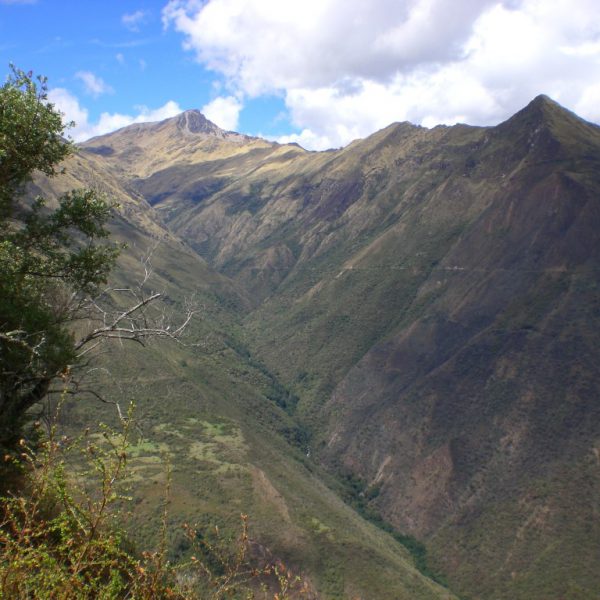
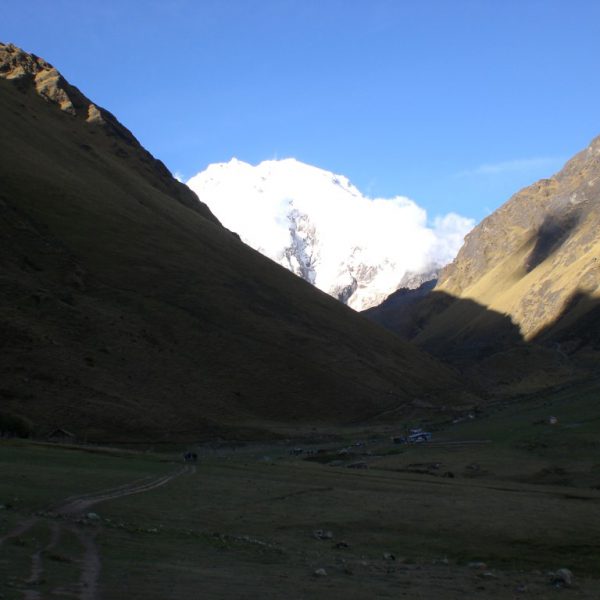
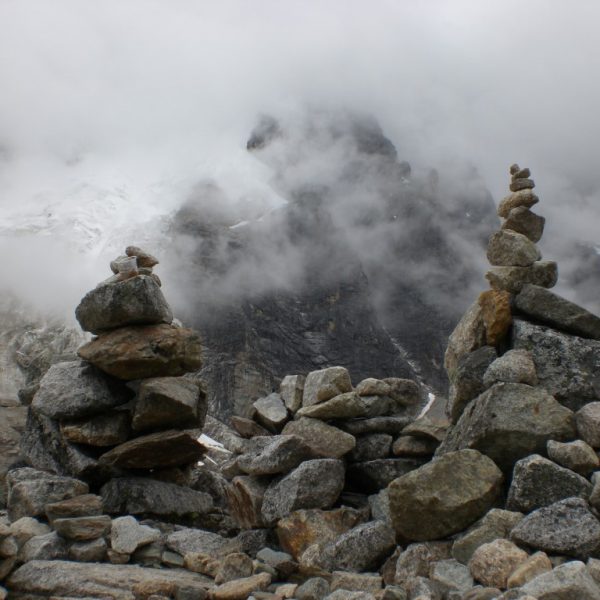
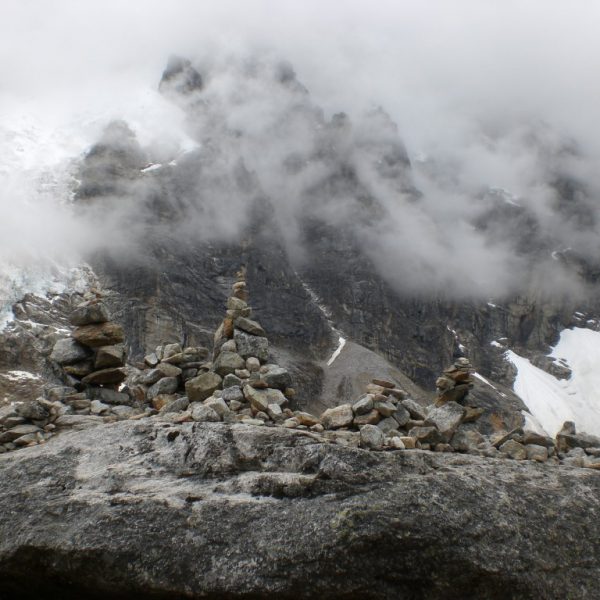
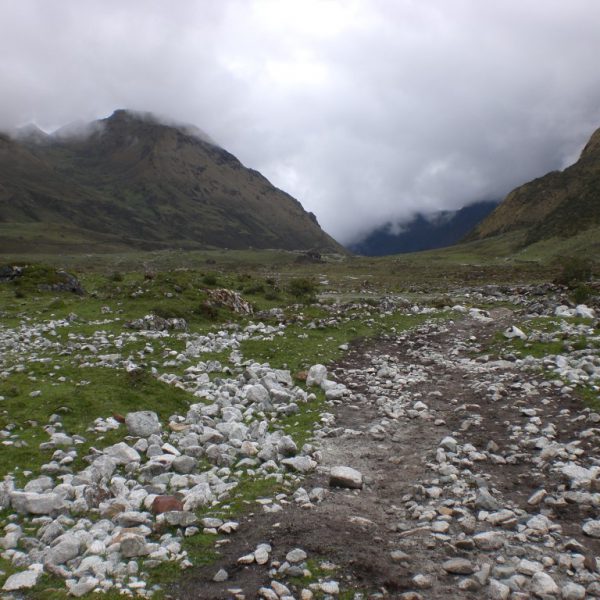
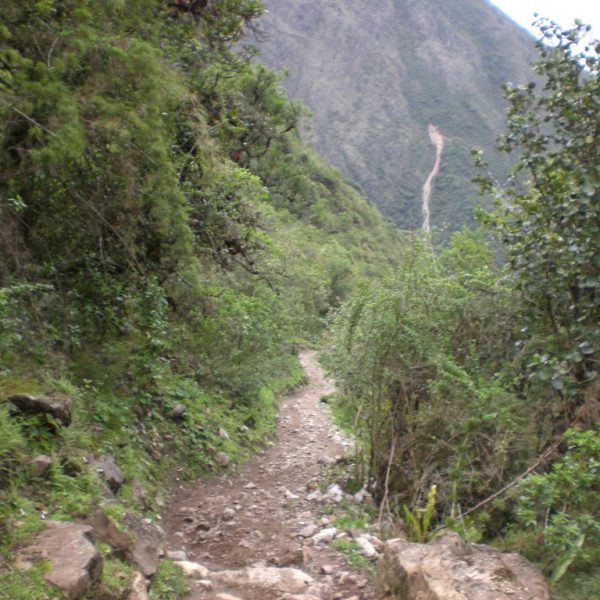
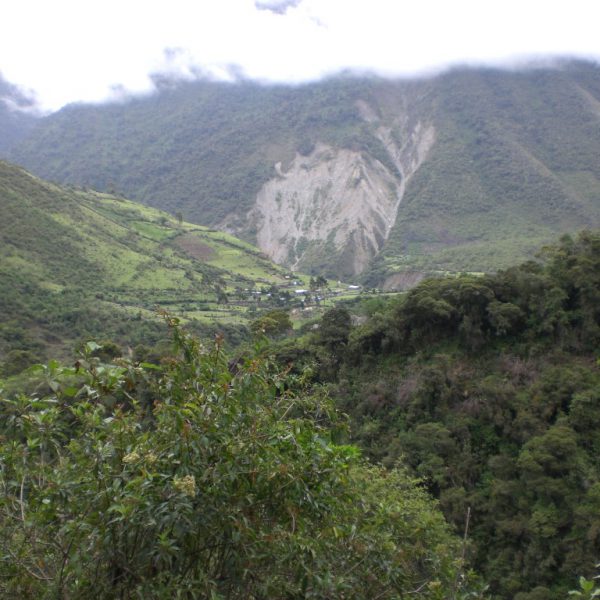
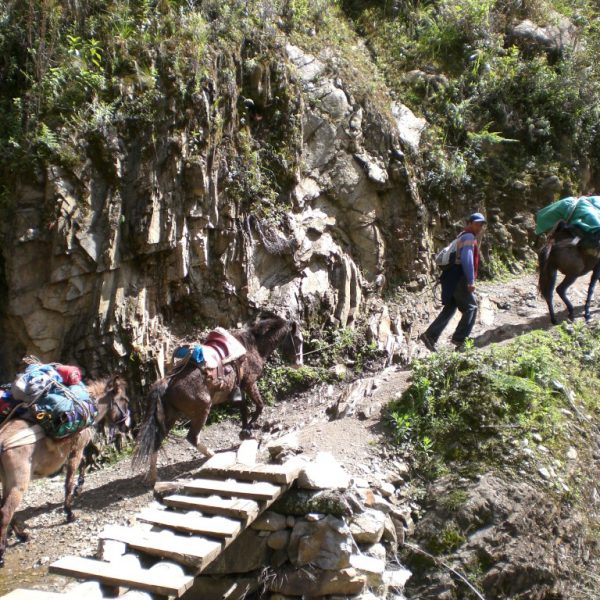
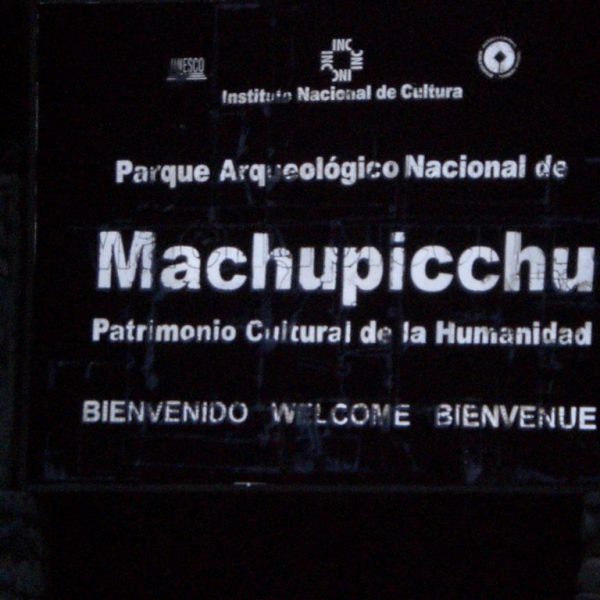
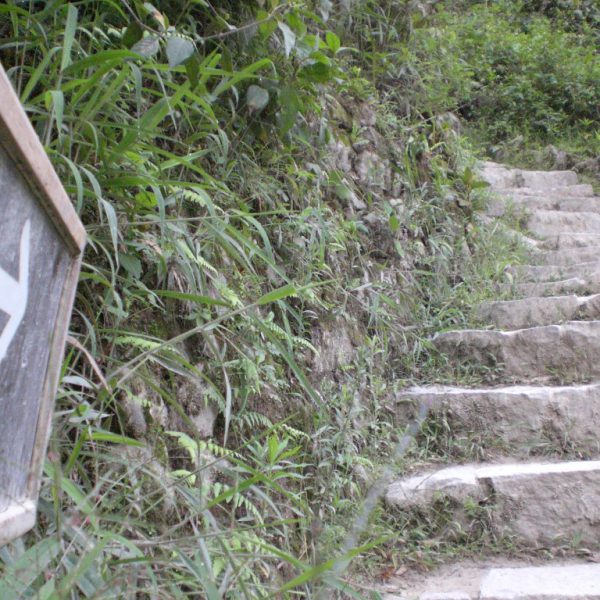
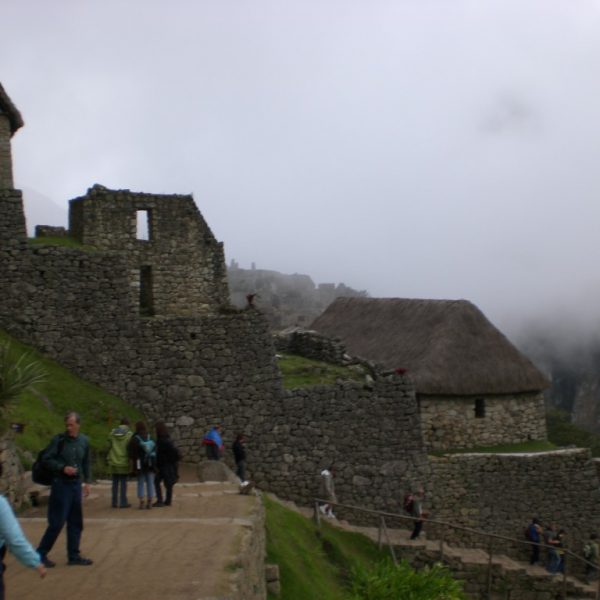
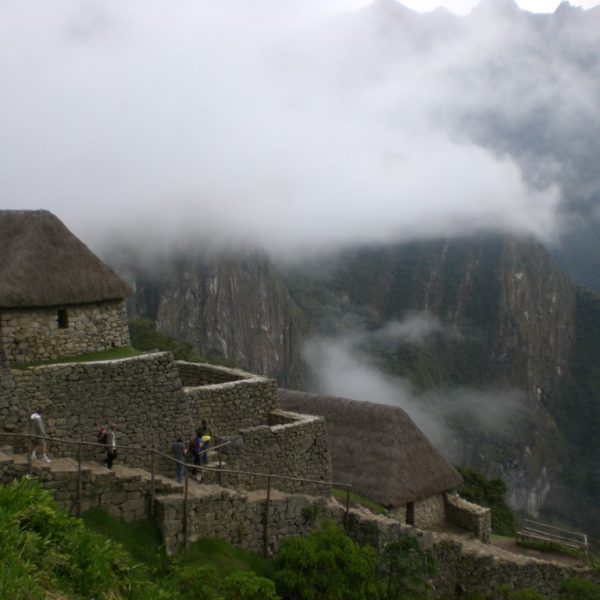
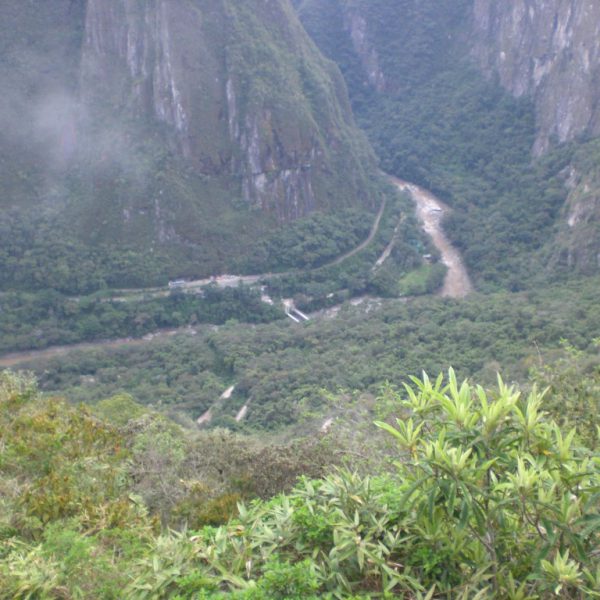
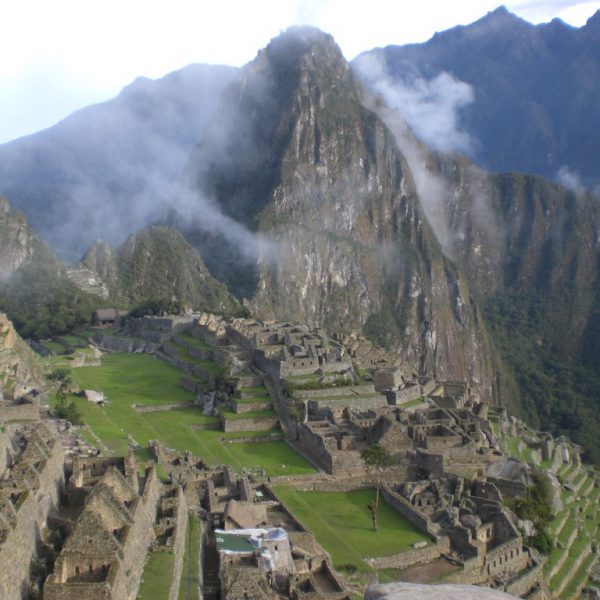
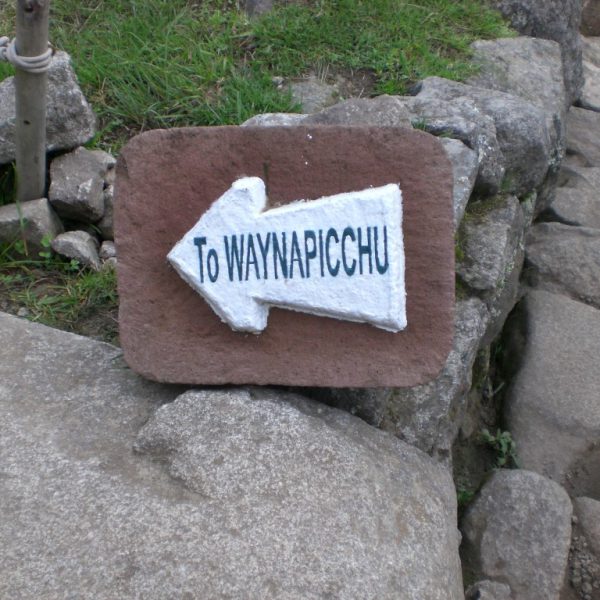
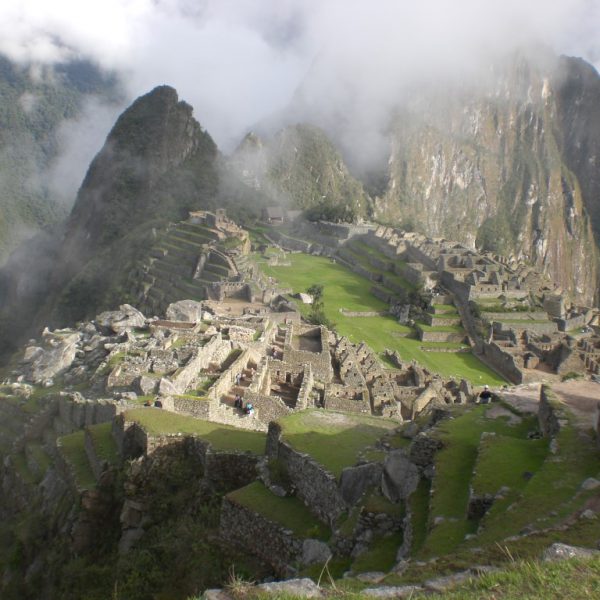
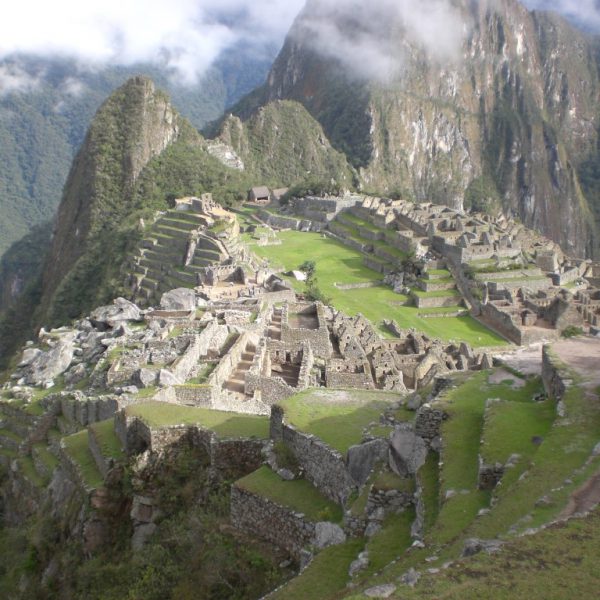
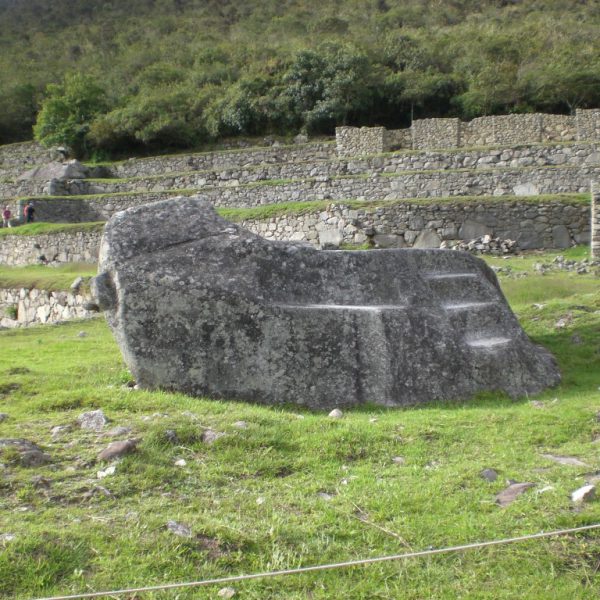
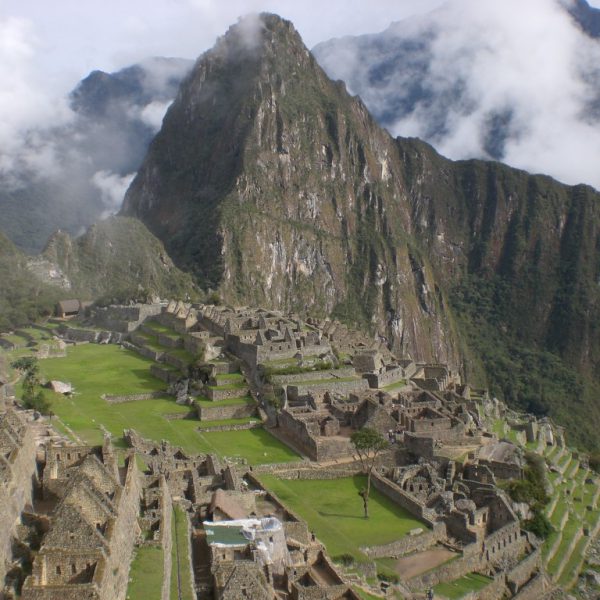
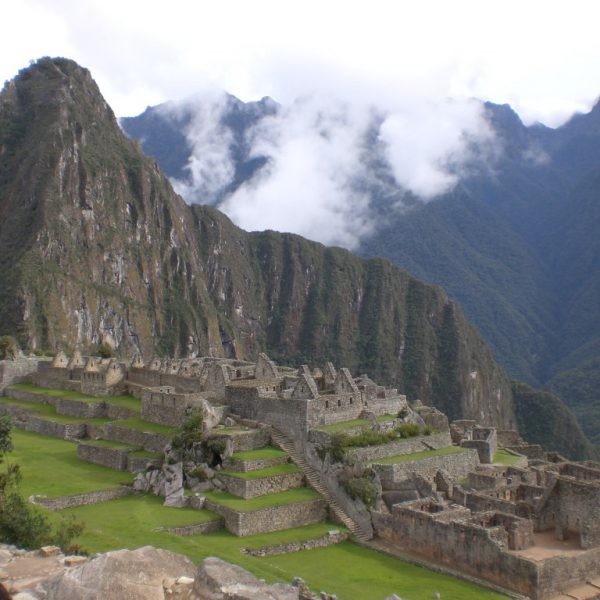
About us

